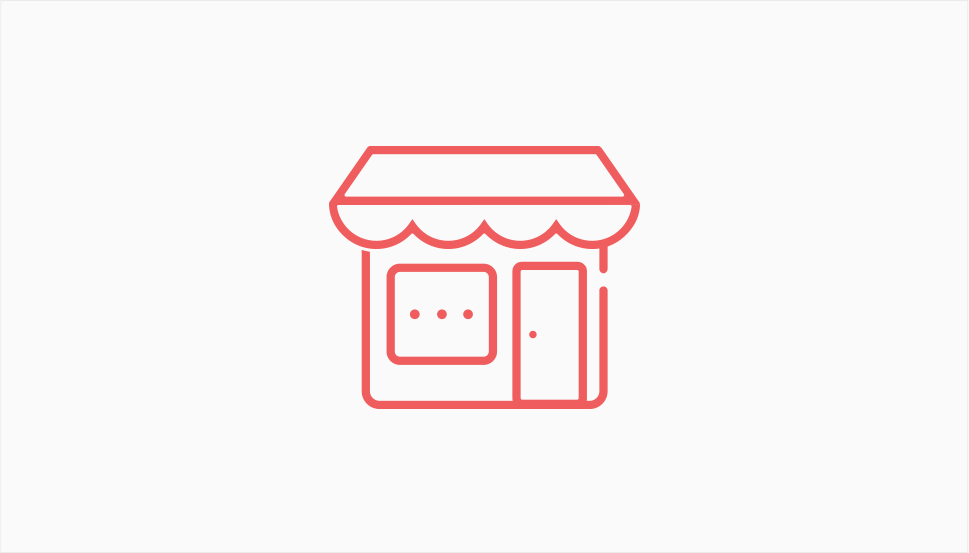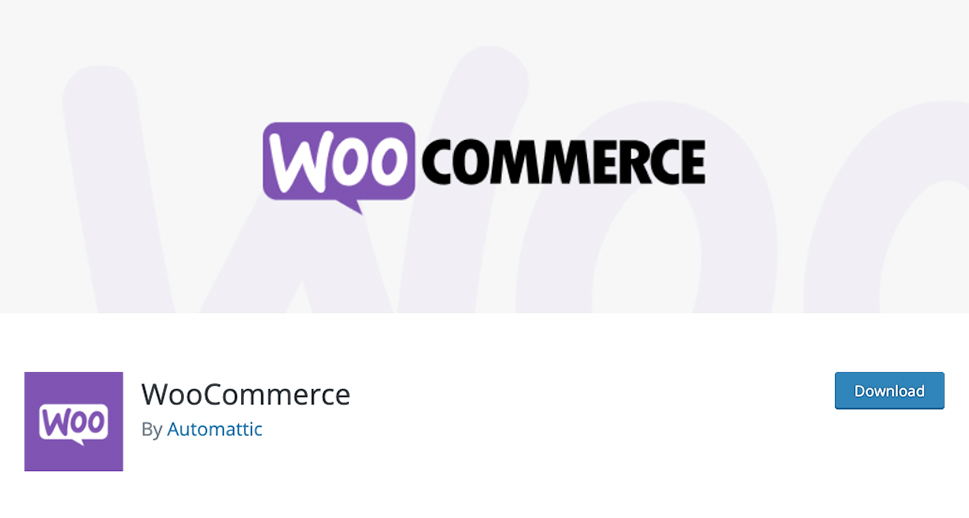How to Start an Online Store in 2024

When looked at part by part, there’s not that much to creating and running an online store. You need little more than a website, a nice online store theme, and a little bit of know-how in the marketing department. That’s it. You don’t even need to carry inventory to run an online store – you just need to be able to market other people’s products successfully.
That’s just a superficial look, however. Even though figuring out how to start an online store isn’t that difficult, creating a successful one is a harder task. And at least some of the things that will decide the long-term success of your online store come down to choices that you make early on.
So, let’s see your options when starting an online store. We’ll talk about all the major points you’ll see in a business plan:

The one thing you can bet on in this crazy world is that everyone will keep turning to the digital space for all things they need. People will look for jobs online and businesses will recruit online, too. Both will turn to digital technologies for everything from communication to banking.
The whole pool of internet denizens is your marketplace – or hunting grounds if you like those kinds of metaphors better. When starting an online store, one of the very first things you want to do is figure out who your customer base will be. The usual models include:
-
Business-to-consumer (B2C) – this is where you’re selling to an end consumer who is a person and not another business.
-
Business-to-business (B2B) – in this case, you’ll want other businesses to form your customer base, and not individual regular people.
-
A marketplace model – this is a mixed-bag model where you’re not doing the selling but instead providing a marketplace in which individuals and businesses can engage in commercial activity.
The choices you make here will have significant influences further down the line. For example, you won’t be able to sell certain products to businesses that you would to consumers. If you’re willing to create an online marketplace, you might not be selling anything, but you will need a heck of a legal team to ensure you’re not liable for what people are selling over your website.
Besides the product and, consequently, the niche you will occupy, your choice of customer will also inform how and where you’ll market your products. Some consumers are easier to reach on Instagram than anywhere else. For B2B marketing, LinkedIn is the go-to social network.

What’s the point of creating an online store if you’re not planning to sell something? Whether you want to develop your own product or to sell products from other manufacturers, you will need to make a selection that will help you further profile your store.
There are a couple of ways you can source the products you sell. Whichever you choose, you should always perform market research beforehand to see if there’s any chance someone will buy what you want to sell. Keep in mind that one of the major reasons why businesses fail is a lack of market demand for what they’re offering.
Develop, Create, and Sell Your Products
This option will give you the most control over your store, but it will also burden you the most. To create and market a product successfully, you will have to:
-
Come up with the idea for the product
-
Conduct market research
-
Develop a prototype
-
Trademark or patent the product
-
Find manufacturing services
-
Handle storage and shipping
The whole process can be very demanding on your resources. Some items on the list will cost you your time and labor. Others will require you to invest funds – and if you don’t have them, you should add “find an investor” to the list because you will need one.
Sell a Single Line of Someone Else’s Products
You’ve seen big brand’s online stores where they sell nothing but their products. This is the one-brand type of shop you, too, can develop – an online store where you’ll have only one seller that doesn’t necessarily have to be you.
You can source products for this type of store in a couple of different ways. You can find people who are willing to develop and create products but aren’t too interested in selling the product. In that case, you can form a partnership with them, agree on a split, or agree that you’ll earn a commission on every product that’s sold through the store.
Similarly, you can find businesses for which an online store can be a departure from their usual business model, especially if you’re able to deliver them a new chunk of the market. For example, you can start an online store to bring a B2B operation into the B2C realm. Or you can work with a primarily brick-and-mortar business to bring their products online.
Create a Regular Store
A regular store is the type of store that might focus on a certain niche but will generally carry multiple kinds of products from multiple brands. In this case, you’ll again have a couple of ways to source products.
You can do the same things you’d do to find products for a single-brand store, just repeat it multiple times. So you’ll find product developers, manufacturers, DIY artisans, small studios, and you’ll get an agreement with them to market and sell their products online. This might give you an interesting selling proposition because your store can be both online and available but also highly curated and exclusive.
Another way to find products for your store would be to work with wholesalers. You can find them easily online, check out their reputation, and start ordering small batches of products. If the orders pick up, you can bring your relationship with the wholesaler to another level with regular orders.
The choices you make here will be an important part of your overall strategy. For example, as a developer and seller of a proprietary product, you will have complete control over your store’s and the product’s branding. If you choose to work with someone else’s products, you’ll still have to market the store. You’ll just have to color within the lines because of the brands you carry.

There are different types of online stores, especially when it comes to the ways they handle inventory. The very fact that some online stores have to carry inventory – stock it, store it, make sure they have enough of it, is often a major turnoff for creating an online store.
But you don’t have to build an online store that carries any inventory. There are a couple of models of online stores, and only one of them will have an option to physically carry any inventory. That being said, handling inventory doesn’t have to be that bad thanks to modern inventory management solutions. It’s just that you’ll need to have a place to physically store it.
Create a Regular Store
This is the digital version of the brick-and-mortar store. You can use this type of store with any of the three types of product sourcing. You should also keep in mind that you don’t have to handle storage when running a regular online store if you don’t want to. It all depends on the type of partnerships you create with the product supplier.
Keep in mind, however, that this type of store gives you a level of control over the supply chain you wouldn’t have with other types of order fulfillment. So while you might have a bigger responsibility for storing and sending products, you also won’t be at the mercy of a third party who might not be too good at handling this side of the business.
Start Dropshipping
With dropshipping, your whole job is to create a website and market the products to the best of your ability. When someone buys something from your store, the order is passed on to a supplier who will then take care of sending it to the customer.
For your efforts, you’ll earn a commission. This is an immensely popular way of creating an online store because it doesn’t require huge upfront investments, and it releases you of any responsibilities for storage and shipment. You’re the marketer and salesperson.
On the downside, profit margins in dropshipping can be very slim, and you’ll have lots and lots of competitors. You can spend years trying to find a product or two that sells well enough to earn you some real money. Although, once you find it, the earning can come quickly and be plentiful.
Run an Affiliate Store
An affiliate store works similarly to dropshipping. You take a retailer like Amazon, for example, and build a store that will only carry affiliate links to Amazon. When a person clicks on a link on your website, they’ll be transferred to the retailer’s website where they’ll make the actual purchase. You’ll make a commission. This method has similar pros and cons as dropshipping, and you’ll have even less of a relationship with the store.
As you can see, the way you organize your website, source the products, and eventually handle the shipping will affect not only your overall level of involvement with the store but also the starting capital you’ll need.
You shouldn’t be fooled into thinking that some models, such as the dropshipping and affiliate store model, will help you create stores that will run themselves. While you might not be in charge of storing and eventually shipping the products, you will have to handle customer support, for example.

Let’s see what you’ve done this far. You have some idea about what you want to sell and to whom. You know what type of store you want to build, and you should already have built all the contacts you’ll need to make sure that your customers will get the products you sell as soon as possible – whether you stock them and handle the shipping or not.
Now you can start thinking about branding your online store. It should be obvious to you that you’ll always have a competition to run against, no matter how deep of a niche you find. So, you’ll need a name that stands out and makes sense even if it’s the only name in the niche.
Before choosing the name for your website, make sure that you study how businesses choose their names – the lessons you learn here will be invaluable. Next, you should look at what domain names are and how to register one. It’s important to remember that the name should be short, catchy, easy to spell, and at least tangentially related to the niche of the website. The better the branding, the more your website’s domain name will become like a synonym for the whole niche.
Branding doesn’t end with choosing a good business or domain name. The design choices you make when creating your website will also contribute to it being distinctive and recognizable. For example, the fonts you choose will make a difference, as will your website’s colors. Keep all of this in mind when deciding in the visual aspect of your website.

After filling out most of the items in the business plan – that’s what you’ve been doing so far – it’s time to build a store. WordPress, as the most popular content management system in the world, can give you everything that you need to create an online store.
It’s incredibly easy to find hosting and install WordPress, so that part shouldn’t bother you that much. A one-click install is often available. It’s almost as easy to install a WordPress theme, which only leaves you with the plugin you should use to power your online store. WooCommerce is the obvious choice.
There are, of course, other plugins for online stores that work with WordPress. However, WooCommerce is the leader of the pack because it lets you do everything you need to create any type of online store. With it, you can:
-
Perform complete inventory management.
-
Give refunds with a click of a button.
-
Process payments with integrated processing options.
-
Track and manage orders.
-
Set up an affiliate store, use it for dropshipping, or create a regular store.
-
Sell different types of products, including physical products, digital products, subscriptions, content, and appointments.
-
Use a variety of sales techniques, including offering coupons, related products, and best-sellers.
That’s only scratching the surface. A part of its power lies in just how easy it is to install and use WooCommerce. But it’s all the extensions that make WooCommerce meet the unique needs of almost all types of stores that really make it a must-have plugin when creating an online store.

Finally, when you have all the other things figured out, and when you have a website people will be able to visit, you can start putting in place marketing strategies that will help attract visitors to your store. This is the part where you can have the most fun while you’re trying to figure out which channel works best for your website and the product you’re selling.
Some of the marketing activities and channels you can try include:
-
Offering discounts, coupons, and deals – there are specialized websites that people visit just so they could get a discount coupon for specific websites. You can easily find coupon code plugins.
-
Email marketing – the type of marketing that will never stop being effective. Do yourself a favor and start gathering those addresses as early as possible.
-
Social Media Marketing – you can do this in a couple of ways. You can engage with influencers, you can pay ads on social media, or you can create content and use social as a publishing channel.
-
Pay-per-click marketing – the good old marketing type where you pay to have your ads appear in search results or display networks.
-
Content marketing – you can do anything with good content marketing, and you can’t do much without it these days.
-
Do SEO– search engine optimization involves a variety of activities, but luckily for you, WordPress supports most of them, given how SEO-friendly it is.
Chances are you’ll have to use a couple of these at the same time. While you’re starting, you can also decide to give every one of them a try until you’ve figured out which ones are the best. When you do that, stick to what you’ve found, and if it at any point starts faltering, give it a switch for a newer, fresher, method.
Let’s Wrap It Up!
Creating an online store could be one of the most financially rewarding investments you can make. The amount of shopping people are doing online has been increasing, and it shows no signs of stopping.
Remember that you have options, from developing that product you always wanted to create, to using dropshipping to start making money as early as possible, or just running a regular online retail store. There are pros and cons to every method, and they’ll present you with different levels of risk, but also different rewards.



